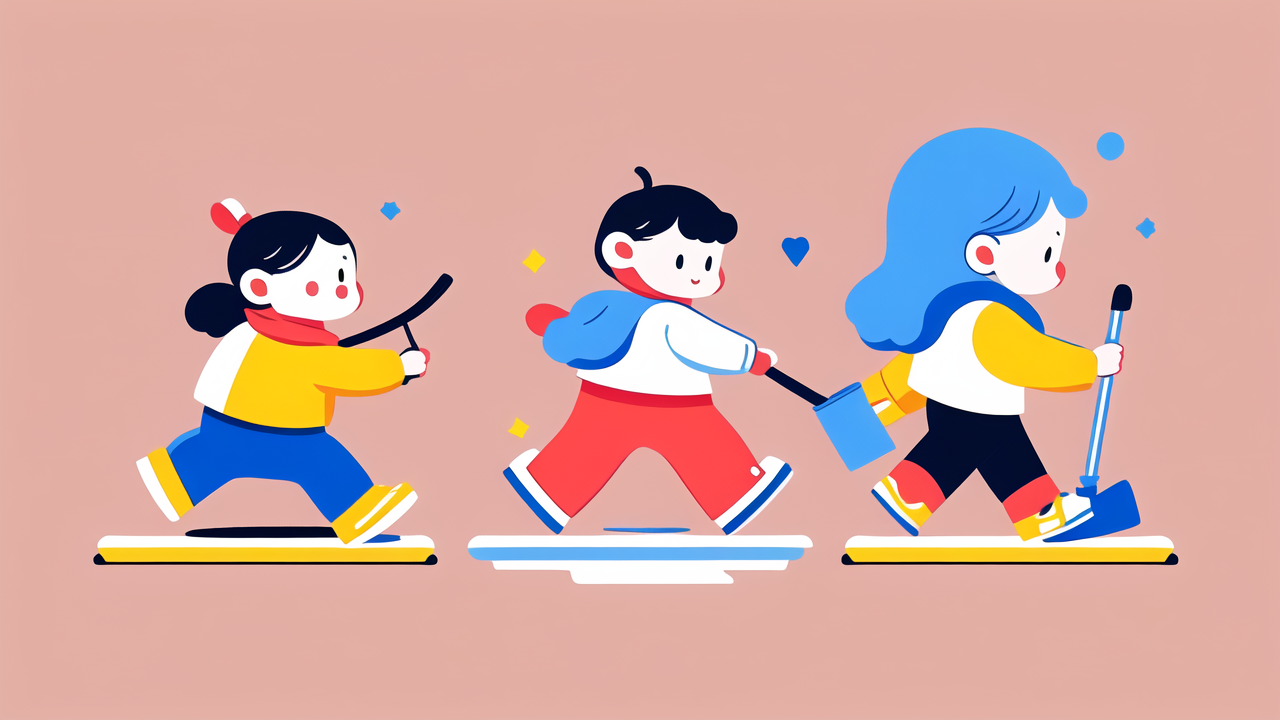
Safety First: Why Your Child Needs Anti-Slip Shoes and Slippers
Understanding Slippage: How Anti-Slip Features Protect Babies
The Importance of Grip in Preventing Slips and Falls
Grip is crucial for babies learning to walk. It helps them stay stable and avoid accidents. Anti-slip shoes give babies the traction they need on various surfaces. This extra grip boosts their confidence as they explore.

Good grip reduces the risk of falls and injuries. It's especially important on slippery floors like tiles or hardwood. Anti-slip shoes act like training wheels for new walkers. They provide a safer environment for babies to practice their steps.
Proper grip also helps with balance and posture. It allows babies to focus on walking, not on staying upright. This can speed up their walking development and improve coordination.
The Science Behind Anti-Slip Materials
Anti-slip materials work by creating friction between the shoe and the floor. Many use special rubber compounds that grip well on smooth surfaces. Some have textured soles with patterns that increase surface contact.
These materials often contain microscopic grooves or particles. They help to disperse liquids and maintain grip even on wet floors. Advanced anti-slip soles can adapt to different surfaces for consistent traction.
Some anti-slip shoes use innovative materials like silicone or gel. These offer flexibility and grip without adding bulk. The science of anti-slip design keeps evolving to offer better protection for little feet.
Comparing Slippage: Anti-Slip vs. Regular Footwear
Regular baby shoes often lack the grip needed for safe walking. They can be slippery on smooth surfaces, increasing fall risk. Anti-slip shoes, however, provide consistent traction on various floors.
Tests show that anti-slip shoes reduce sliding significantly compared to regular ones. This is especially true on wet or polished surfaces. The difference can be dramatic, with anti-slip shoes offering up to 5 times more grip.
Anti-slip shoes also perform better during sudden movements. They help babies recover balance quickly if they stumble. Regular shoes may not provide this crucial support during wobbly moments.
Essential Qualities of Anti-Slip Baby Shoes
What to Look for in Anti-Slip Footwear for Babies
When choosing anti-slip shoes for babies, look for flexible soles with good grip. The sole should bend easily to mimic natural foot movement. Check for textured patterns or special materials on the bottom of the shoe.

Ensure the shoes fit well without being too tight. There should be some room for growth, but not so much that they slip off. Look for wide toe boxes that allow toes to spread naturally for better balance.
Choose shoes with breathable materials to keep little feet cool and dry. Velcro straps or elastic closures make it easy to put shoes on and take them off. Lightweight designs are best, as heavy shoes can hinder a baby's movements.
Materials and Design: Balancing Comfort and Safety
The best anti-slip baby shoes blend safety with comfort. Soft, flexible materials like leather or cloth uppers are ideal. They should allow the foot to move naturally while providing support.
Rubber soles offer excellent grip and durability. Some shoes use silicone or other synthetic materials for the anti-slip feature. These should be non-toxic and safe for babies who might chew on their shoes.
Look for designs that protect the toes without restricting movement. Reinforced toe caps can prevent stubbed toes. Padded collars around the ankle add comfort and prevent blisters.
Durability: Ensuring Long-Lasting Protection
Durable anti-slip shoes save money and provide consistent protection. Look for strong stitching and well-attached soles. Quality materials like genuine leather or sturdy synthetics last longer.
Check that the anti-slip feature isn't just a coating that will wear off quickly. Deep treads or embedded grip patterns tend to last longer. Some high-end shoes have replaceable soles to extend their lifespan.
Consider shoes with reinforced stress points, like the heel and toe areas. These spots often wear out first in baby shoes. Durable shoes can often be passed down to younger siblings, making them a good investment.
The Role of Anti-Slip Shoes in Baby Care Routines
Integrating Anti-Slip Shoes into Daily Baby Care
Make anti-slip shoes a regular part of your baby's outfit when they're active. Put them on before playtime or when walking on slippery surfaces. Remove them during naps or when the baby is in a stroller or car seat.

Use anti-slip shoes consistently to help your baby get used to wearing them. This builds a routine and helps them associate the shoes with walking and playing. Keep a pair by the door for quick outdoor trips.
Clean the shoes regularly to maintain their grip. Wipe the soles after walks to remove dirt or debris. This keeps the anti-slip feature working effectively and prolongs the life of the shoes.
The Impact of Proper Footwear on Development and Activity
Proper anti-slip shoes can boost a baby's confidence in walking. This can lead to more physical activity and exploration. Increased movement helps develop muscles and improve coordination.
Stable footing allows babies to focus on learning new skills. They can climb, run, and play without constantly worrying about slipping. This freedom can accelerate physical and cognitive development.
Anti-slip shoes also encourage proper walking posture. Good posture early on can prevent issues later in life. It helps babies develop a natural, efficient gait as they grow.
Tips for Maintaining and Caring for Your Child's Anti-Slip Shoes
- Clean the soles regularly with a damp cloth to remove dirt and maintain grip.
- Air out shoes after each use to prevent odors and bacteria growth.
- Check the soles often for wear and replace shoes when the grip diminishes.
- Rotate between two pairs of shoes to extend their life and allow them to dry fully.
- Use a soft brush to clean textured soles without damaging the anti-slip pattern.
- Store shoes in a cool, dry place away from direct sunlight to prevent material breakdown.
- For leather shoes, use a gentle leather cleaner to maintain the upper material.
- Avoid machine washing, as it can damage the anti-slip features and shoe structure.
- Replace insoles regularly to maintain comfort and hygiene.
- Teach older children to check their own shoes for wear and tell you when grip is low.
By following these tips, you can ensure your child's anti-slip shoes remain effective and comfortable. Regular care extends the life of the shoes and maintains their safety features. This helps protect your child and gives you peace of mind during their active play and exploration.
